- Home
- Destinations
- Tanzania
- Northern Tanzania
Overview
Climate
Two rainy seasons and two dry seasons occur during the year. During April and May, the main rainy season (also called the masika) brings heavy afternoon rains. The rains are more regular along the coast than inland. The masika is followed by the driest time, with June to October being characterised by cooler temperatures. The south wind, known as the kusi keeps the islands and the coast breeze.
From mid-November to early December, after the long dry season, the short rains (or mvuli) start. This time the showers are lighter and more sporadic than during the masika.
From late December to late March, a second dry period occurs with higher temperatures than during June to October and occasional showers.
In general the coastal lowlands and the islands experience higher humidity and higher temperatures than the Northern Highlands.
Visiting North Tanzania: The dry seasons, from December to March and again from June to October are considered to be the best times to visit. Occasional downpours between mid-November and mid-December should not be considered disruptive. Instead, they help with lowering dust on the tracks and contribute to lowering the temperature by a few degrees.
Getting There
By Air: The best entry option for itineraries in the Northern Circuit is Kilimanjaro International Airport between Arusha and Moshi.
Ideal Destination For
- Adventure
- Bucket List
- Romance
- Safari
- Solo Travel
Points of Interest
- Serengeti National Park
-
On the vast plains of the Serengeti, nature’s mystery, power and beauty surround you as they do in few other places. It’s here that one of the earth’s most impressive natural cycles has played itself out for aeons as hundreds of thousands of hoofed animals, driven by primeval rhythms of survival, move constantly in search of fresh grasslands. The most famous, and numerous, are the wildebeest (of which there are some 1.5 million) and their annual migration is one of the Serengeti’s biggest draws. Besides the migrating wildebeest, there are also resident populations in the park and you’ll see these smaller but still impressive herds year-round. In February more than 8 000 wildebeest calves are born per day, although about 40% of these die before reaching four months old. A few black rhinos in the Moru Kopjes area give you a chance to glimpse all of the Big Five (lion, elephant, rhino, leopard and buffalo), although the rhinos are very rarely seen.
The 14 763 km2 national park is also renowned for its predators, especially its lions. Hunting alongside them are cheetahs, leopards, hyenas, jackals and more. These feast on zebras, giraffes, buffaloes, Thomson’s and Grant’s gazelles, topis, elands, hartebeests, impalas, klipspringers, duikers and so many more. Serengeti is an incredible birdwatching destination also, with over 500 species.
- Ngorongoro Conservation Area
-
At 19 km wide and with a surface of 264 km2, Ngorongoro is one of the largest unbroken calderas in the world that isn’t a lake. Its steep walls soar 400 m to 610 m and provide the setting for an incredible natural drama, as prey and predators graze and stalk their way around the open grasslands, swamps and acacia woodland on the crater floor. It's such an impressive sight that, other vehicles aside, you'll wonder whether you've descended into a wildlife paradise.
A visit to the Ngorongoro Conservation Area guarantees visitors great wildlife viewing in a genuinely mind-blowing environment. The jewel in its crown, the Ngorongoro Crater is the world’s largest intact volcanic caldera and a UNESCO’s World Heritage Site.
Forming a spectacular bowl of about 265 kilometres2, with sides up to 600 metres deep; it is home to approximately 30 000 animals at any one time. Because it has a permanent supply of water, animals are drawn to the area, rather than migrating elsewhere. Its rim is over 2 200 metres above sea level and experiences its own climate. From this high vantage point, it is possible to make out the tiny shapes of animals making their way around the crater floor far below. This ecosystem has global importance for biodiversity conservation due to the presence of globally threatened species, the density of wildlife inhabiting the area, and the annual migration of wildebeest, zebra, gazelles and other animals into the northern plains, bordering the Serengeti National Park.
- Tarangire National Park
-
Tarangire is usually assigned only a day visit as part of a larger northern-circuit itinerary. But it deserves a whole lot more, at least in the dry season. This is a place where elephants dot the plains like cattle, and where lion roars and zebra barks fill the night, all set against a backdrop of constantly changing scenery.
Tarangire has the second-highest concentration of wildlife of any Tanzanian national park (after the Serengeti) and reportedly the largest concentration of elephants in the world. The Tarangire ecosystem, with the park at its heart, also has more than 700 resident lions, and sightings are common. Less visible, but nonetheless present, are leopards and cheetahs. Sustaining them are large herds of zebras, wildebeest, hartebeests, elands, oryx, waterbucks, lesser kudus, giraffes and buffaloes. With more than 450 species, including many rare ones, Tarangire is amongst the best birdwatching destinations in Tanzania.
But this is one place where the wildlife tells only half the story. Dominating the park's 2 850 km2 are some of Northern Tanzania's most varied landscapes. The great stands of epic baobabs should be reason enough to come, but there are also sun-blistered termite mounds in abundance, as well as grassy savanna plains and vast swamps. Cleaving the park in two is the Tarangire River, its meandering course and (in some places) steep riverbanks providing a dry-season lure for animals and thus many stirring wildlife encounters for visitors.
Come the short rainy season, the park changes completely, as its wild inhabitants disperse across the Maasai Steppe over an area 10 times larger than the park. This, too, is a Tarangire speciality: One of the park's greatest rewards is the chance to discern and tune into the seasonal rhythms of wild Africa.
- Mount Kilimanjaro
-
With its snow-capped peak and glaciers, Mount Kilimanjaro is a popular destination for many visitors as it is not only the highest peak on the African continent, but the world’s tallest free-standing mountain, at an imperious 5 895 metres (19 336 feet).
More than 20 000 trekkers a year attempt to reach its summit – Uhuru Peak – using one of the five main Kilimanjaro routes to get there. Even though the gradients aren’t generally very steep, Kilimanjaro is hard work, and many people fail because they ascend too quickly with little consideration for the extremely high altitude.
Besides the spectacular views from the roof of the continent, Kilimanjaro has up to five different vegetation zones to pass through as you ascend; taking you from the tropics below moving up through montane forest, heath and moorland, alpine desert and finally arctic-like conditions at the summit. It is also home to a variety of wildlife including elephants, leopards, buffalo, the endangered Abbot’s duiker, and other small antelope and primates below. Above 4 000 m, a surreal alpine desert supports little life other than a few hardy mosses and lichen. The lesser-known technical peak on Mount Kilimanjaro, Mawenzi, which can be climbed by experienced mountaineers, will take you away from the busy Uhuru peak routes and give you a more technical mountaineering experience. This can of course be combined with Uhuru peak, the highest point on the African continent.


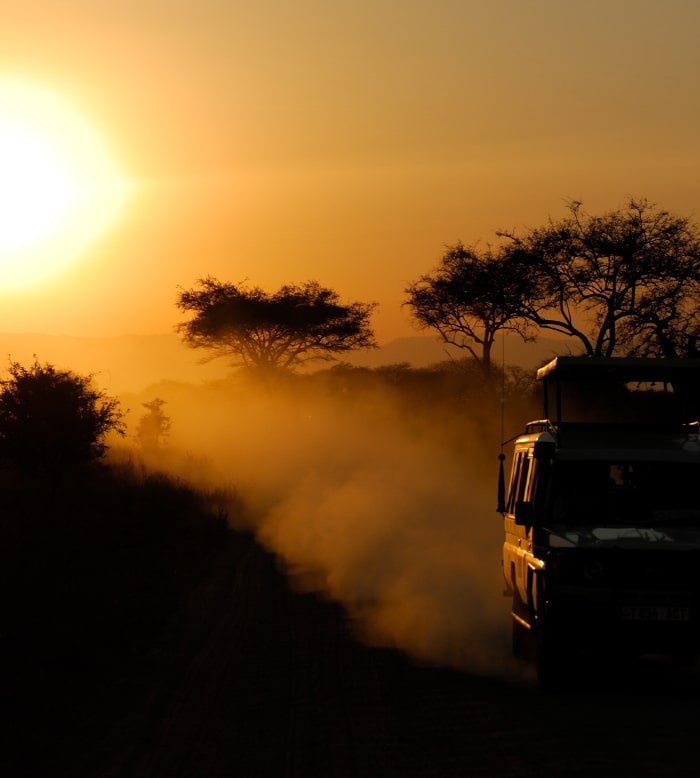
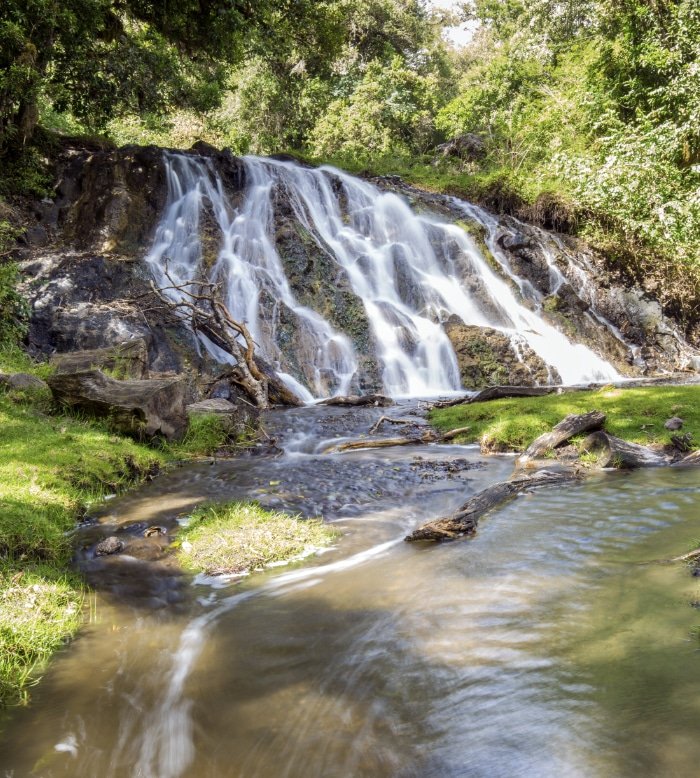
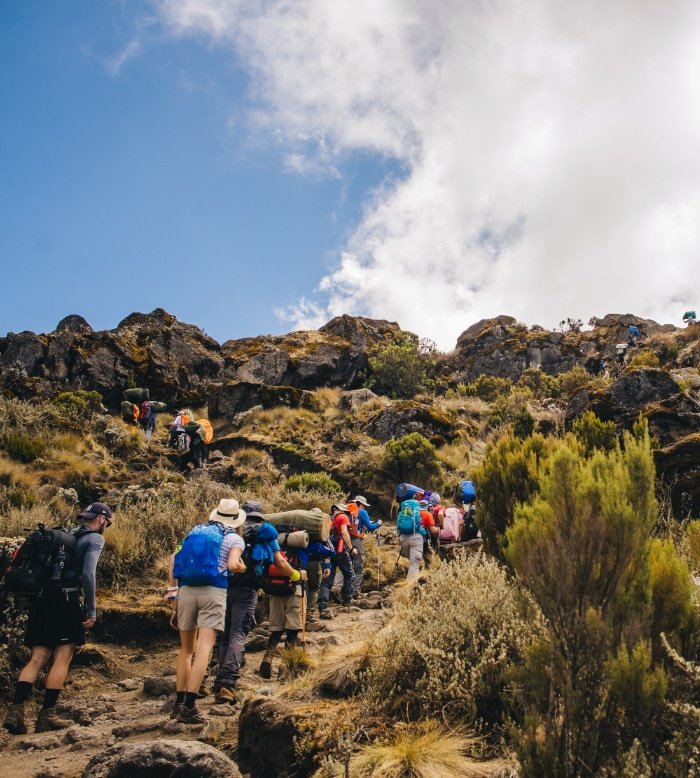


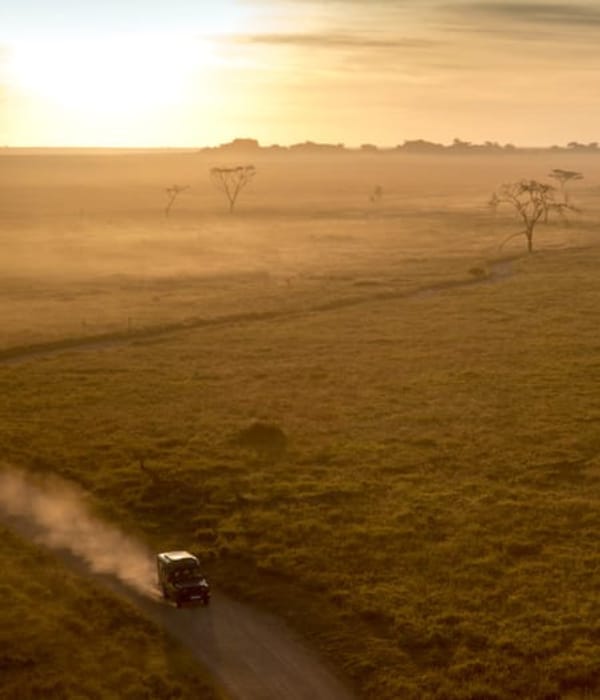



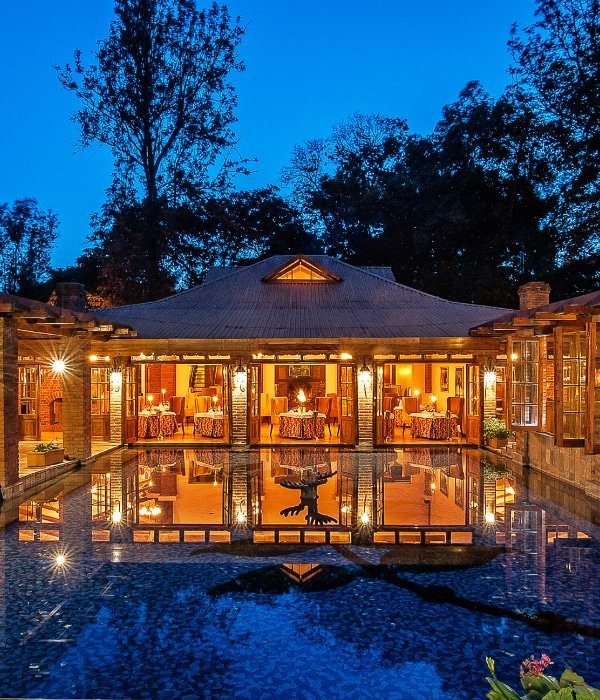



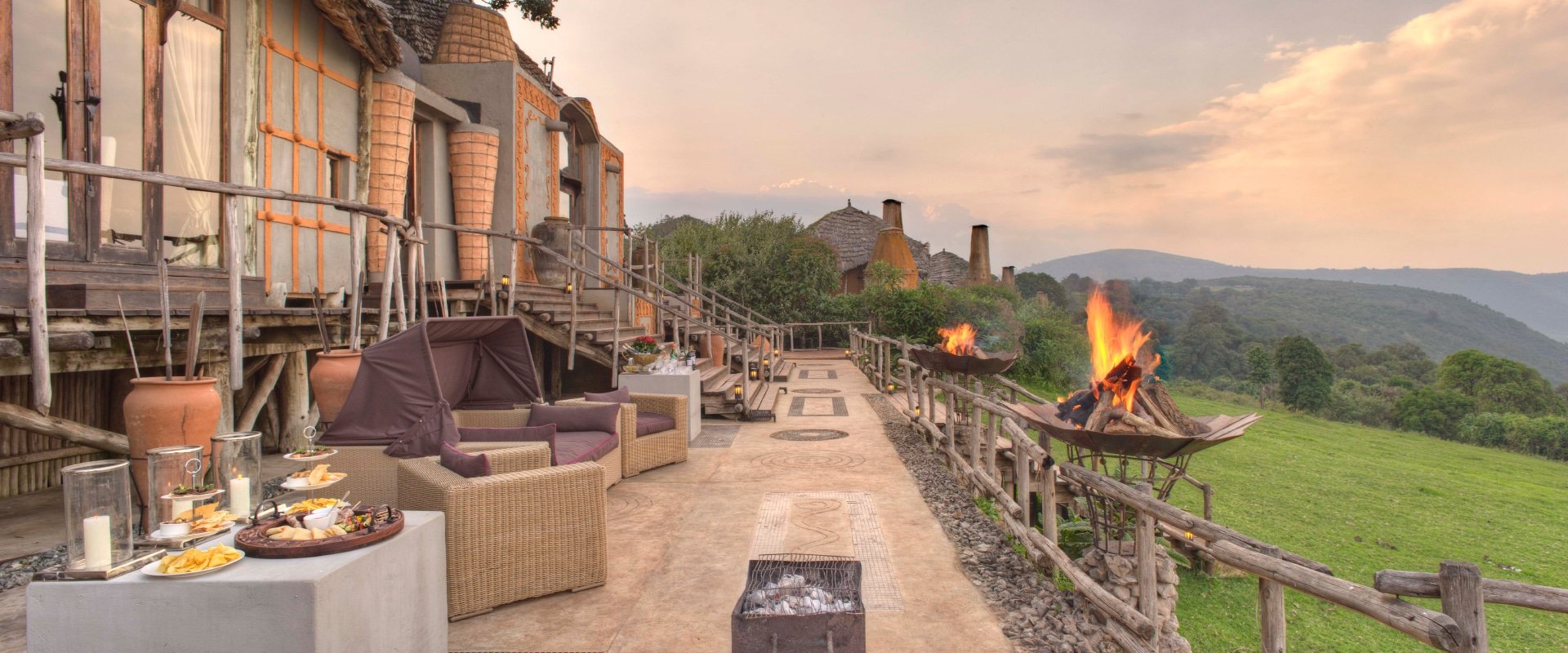

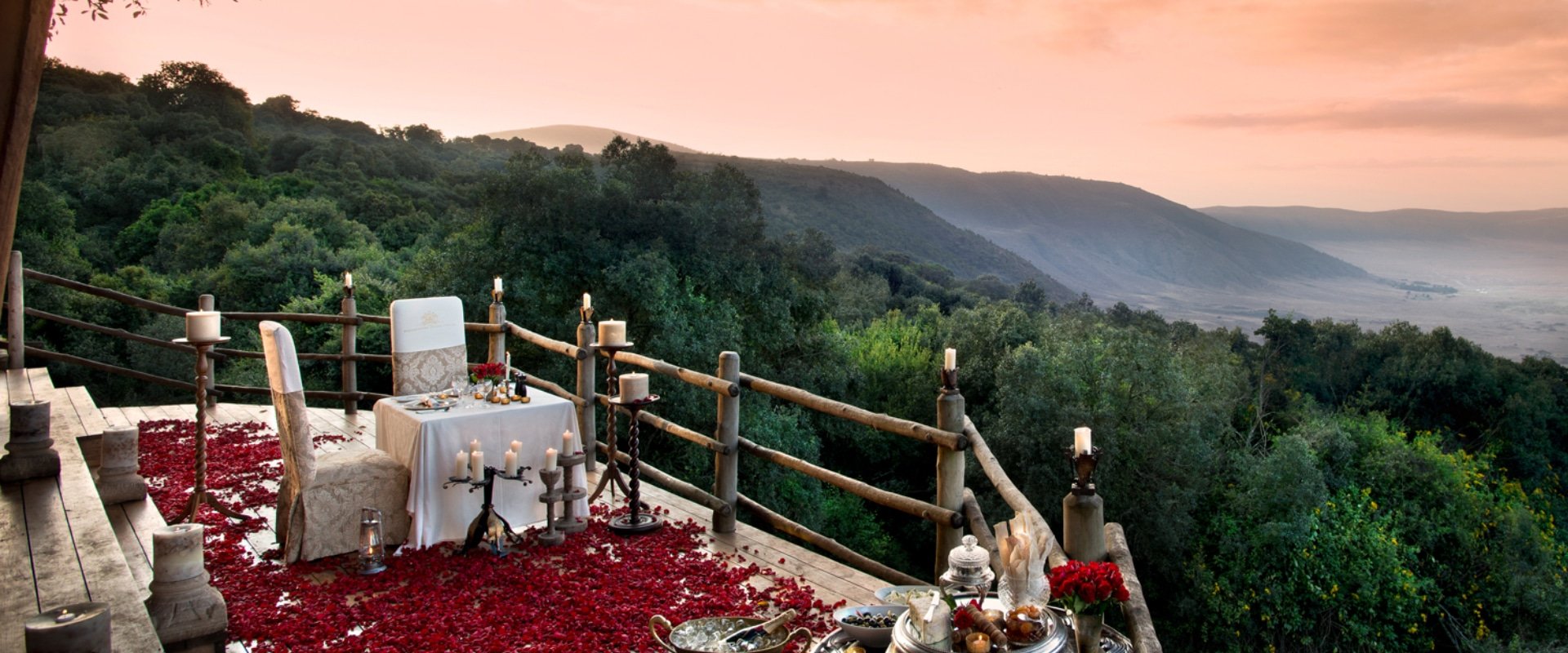
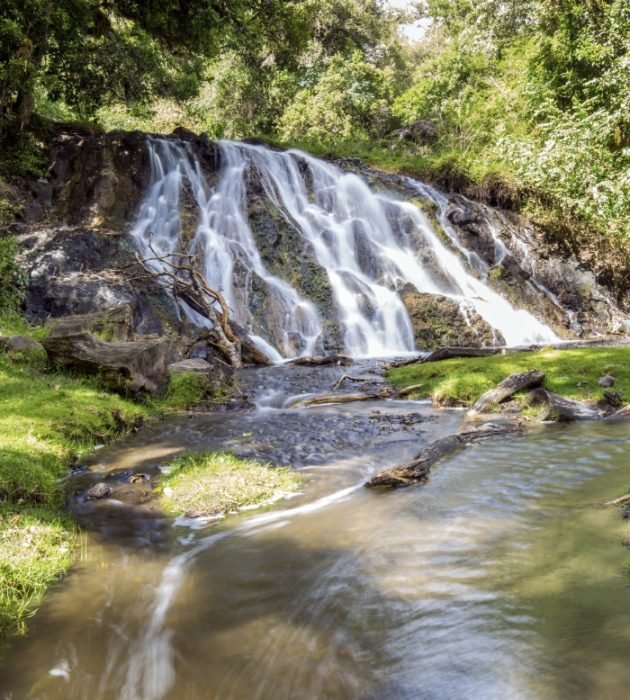
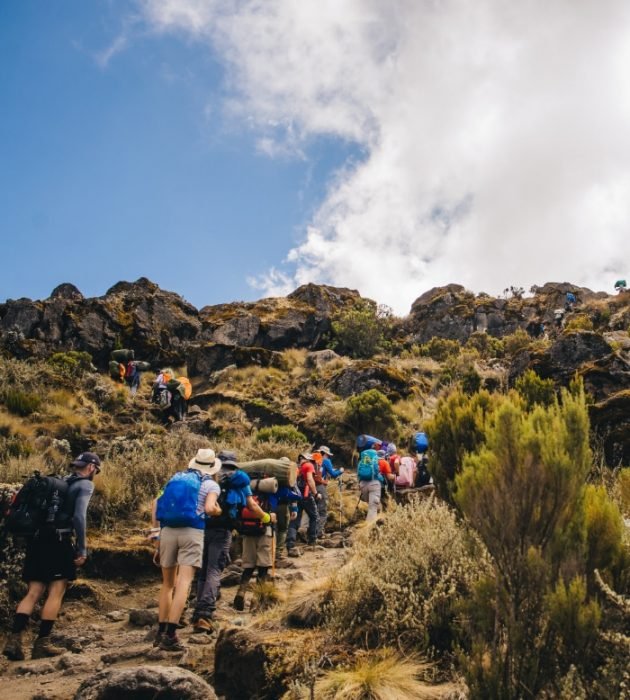
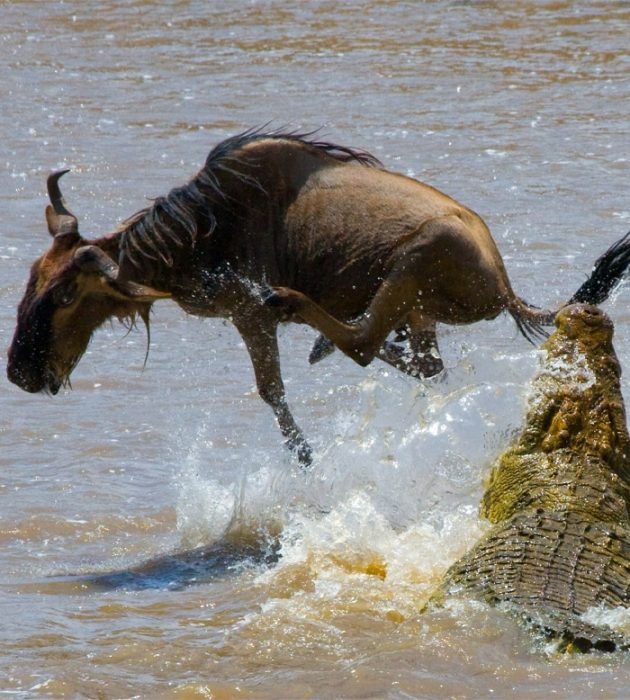



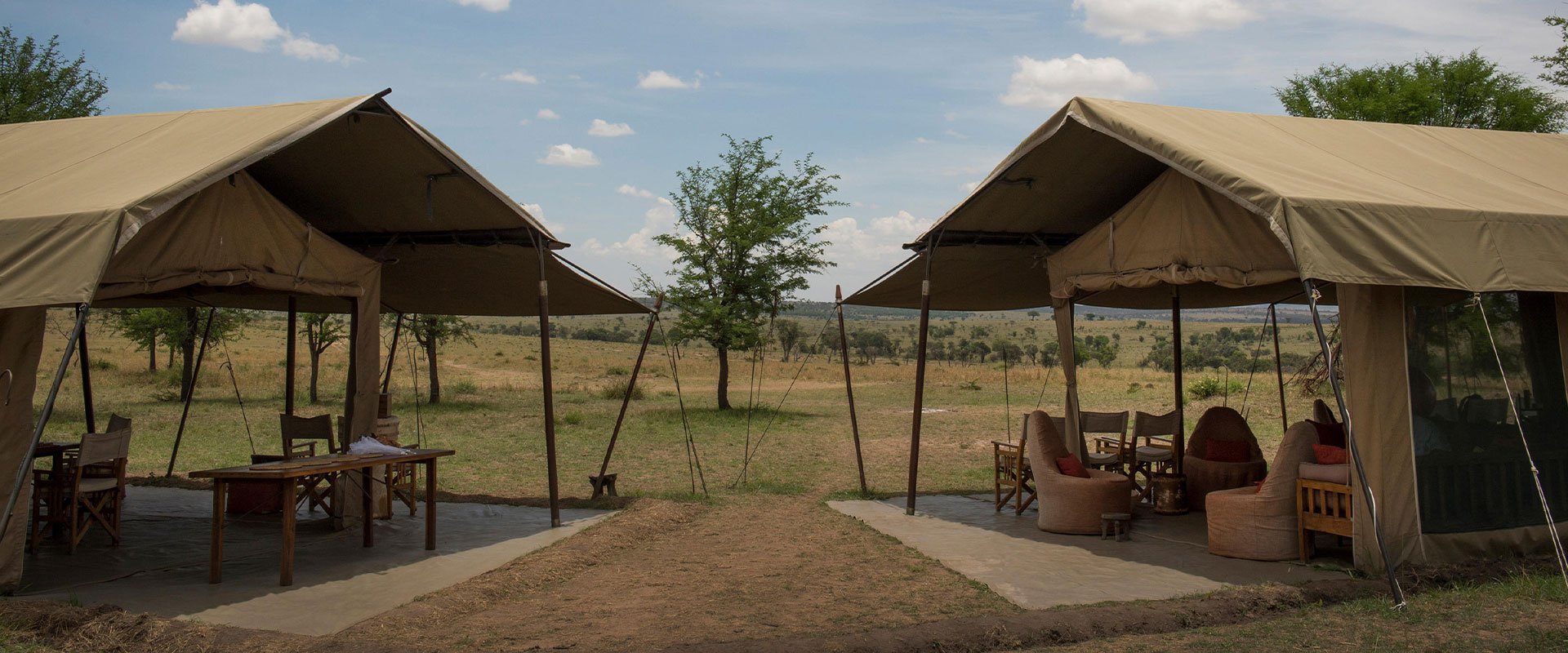
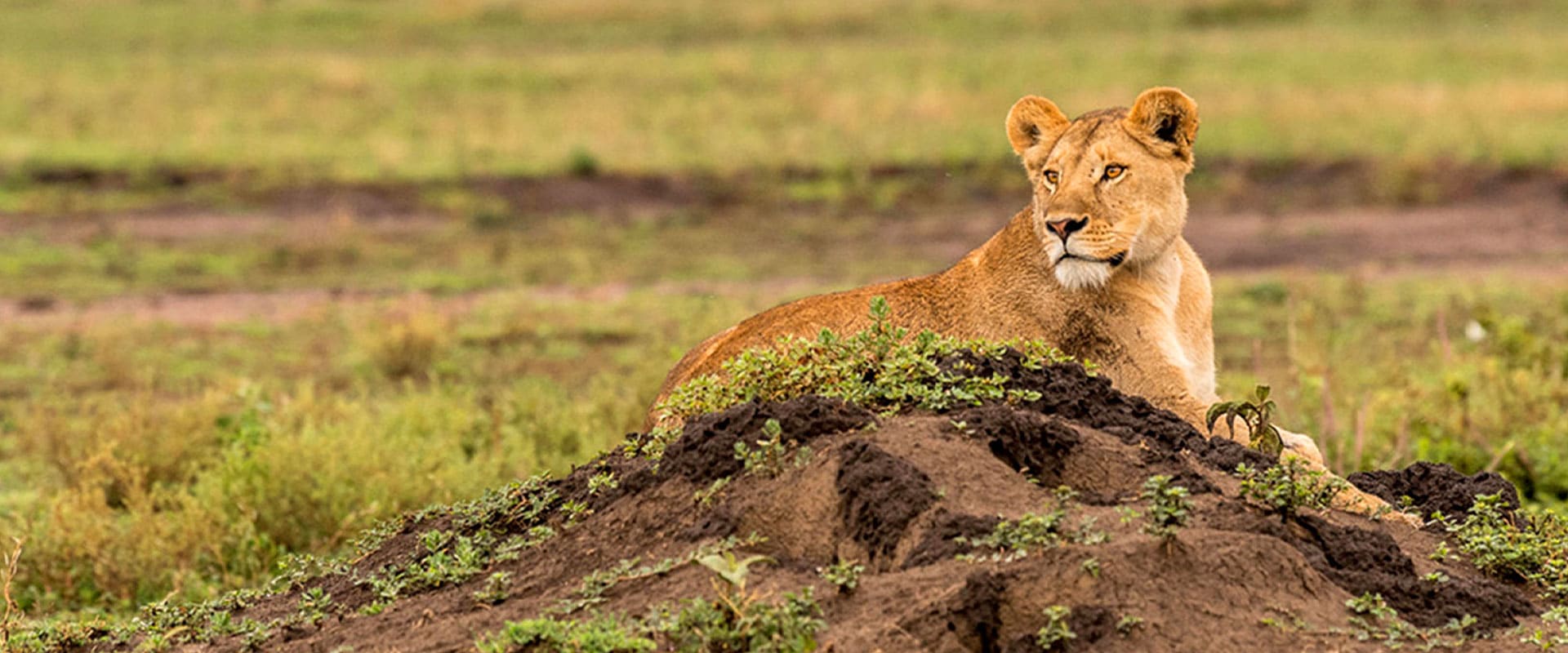
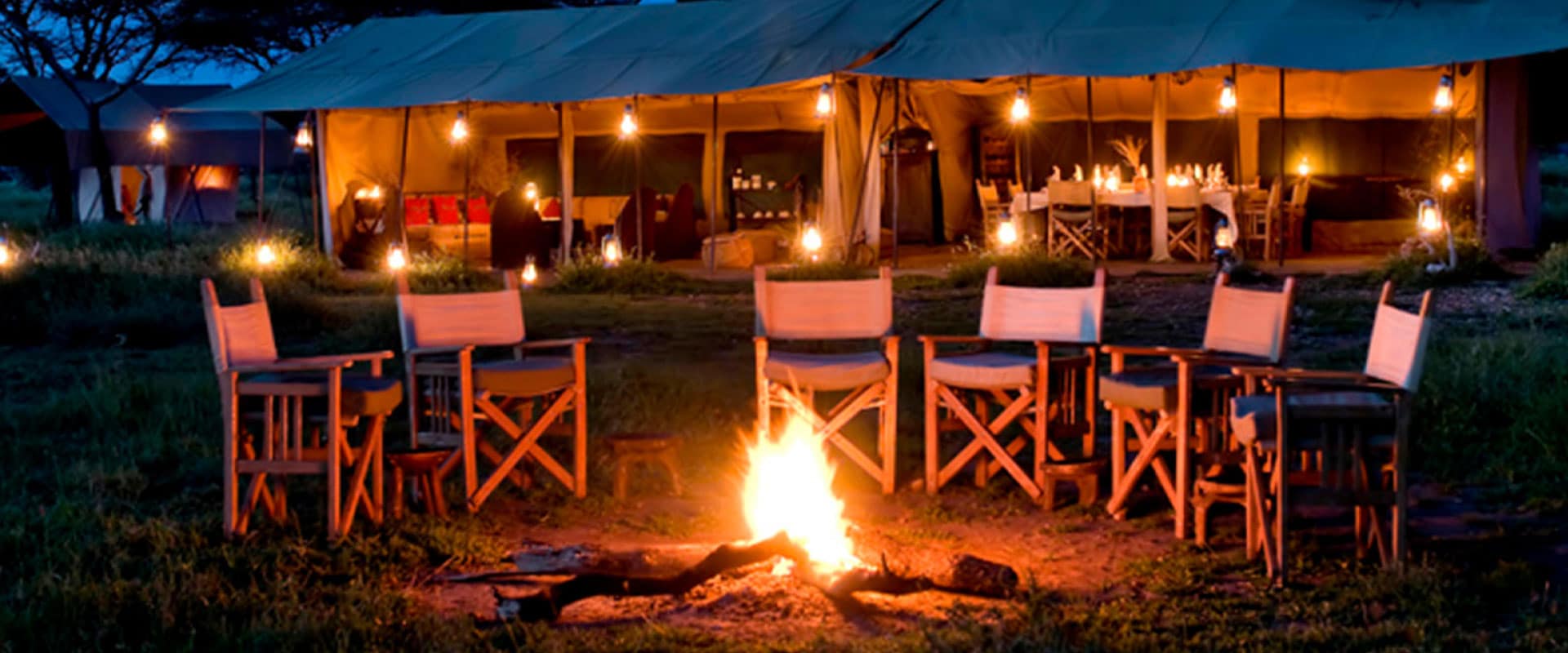
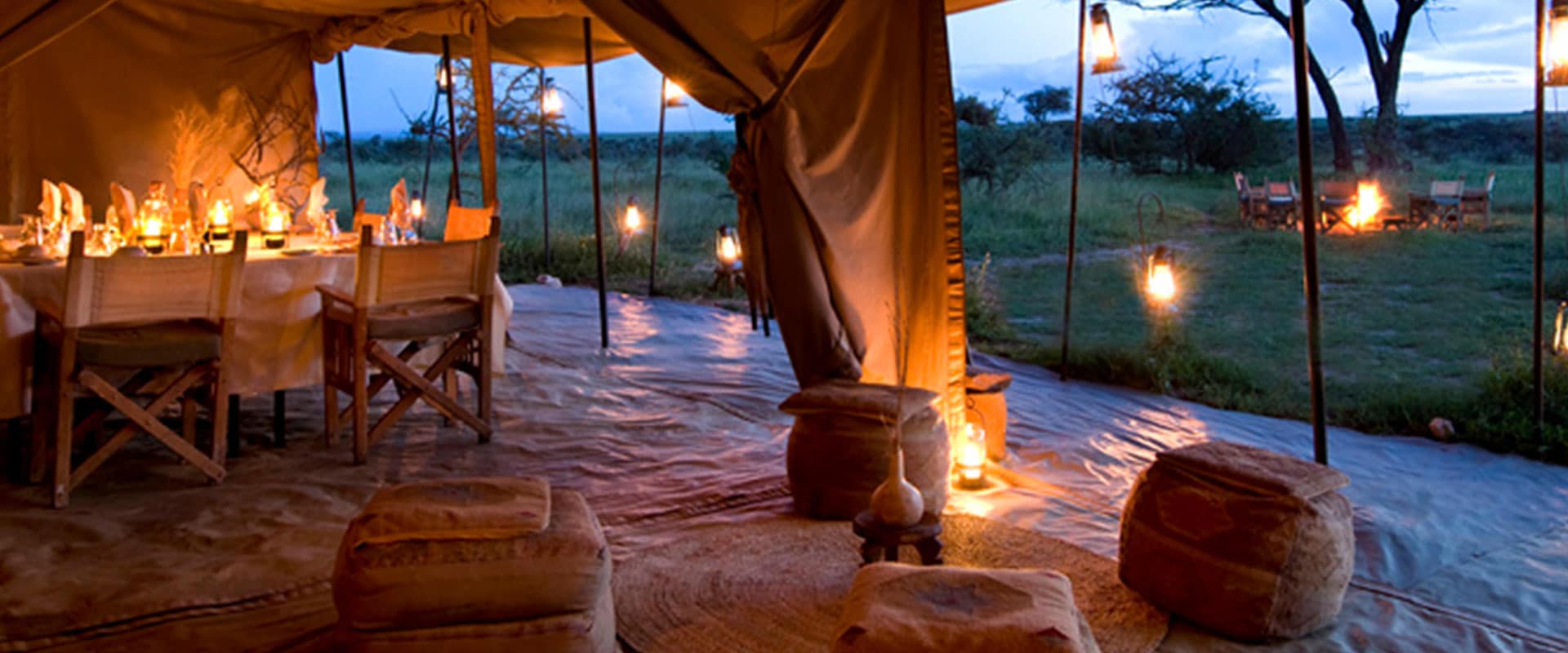






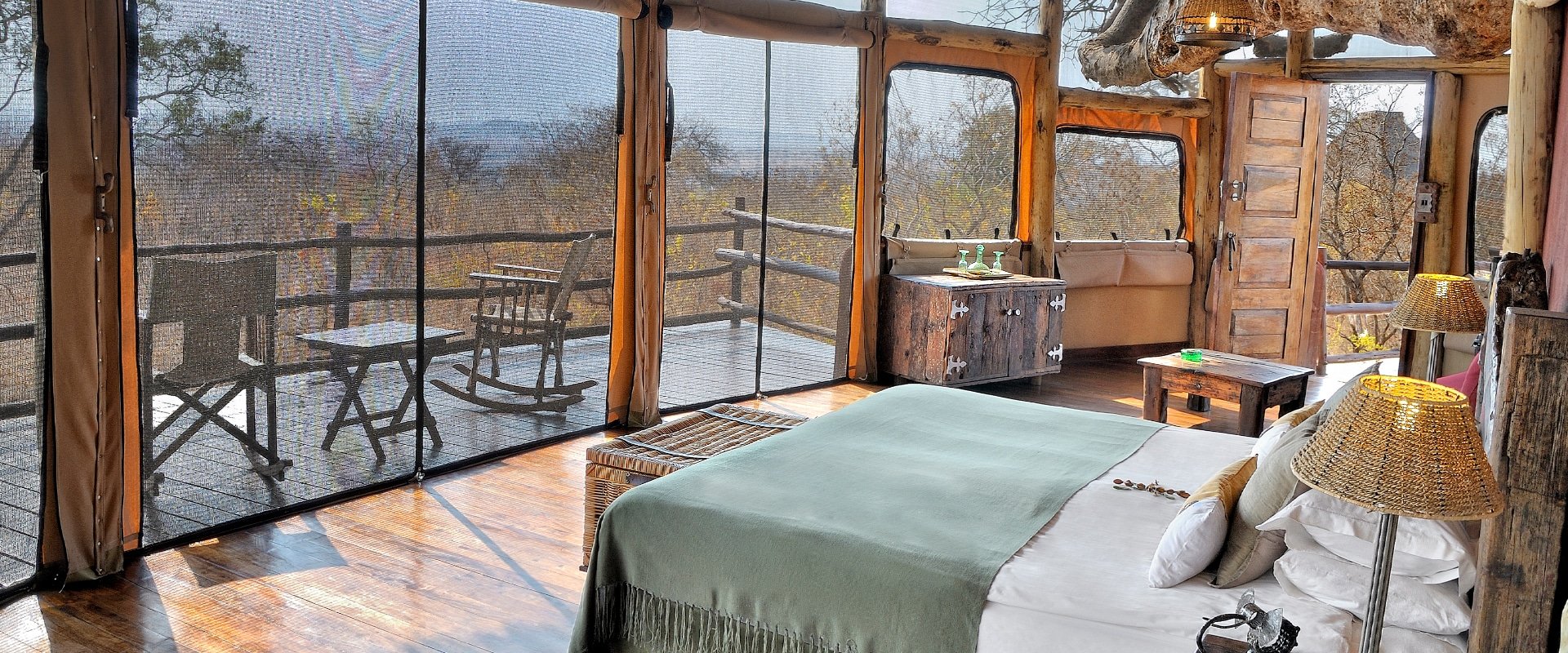
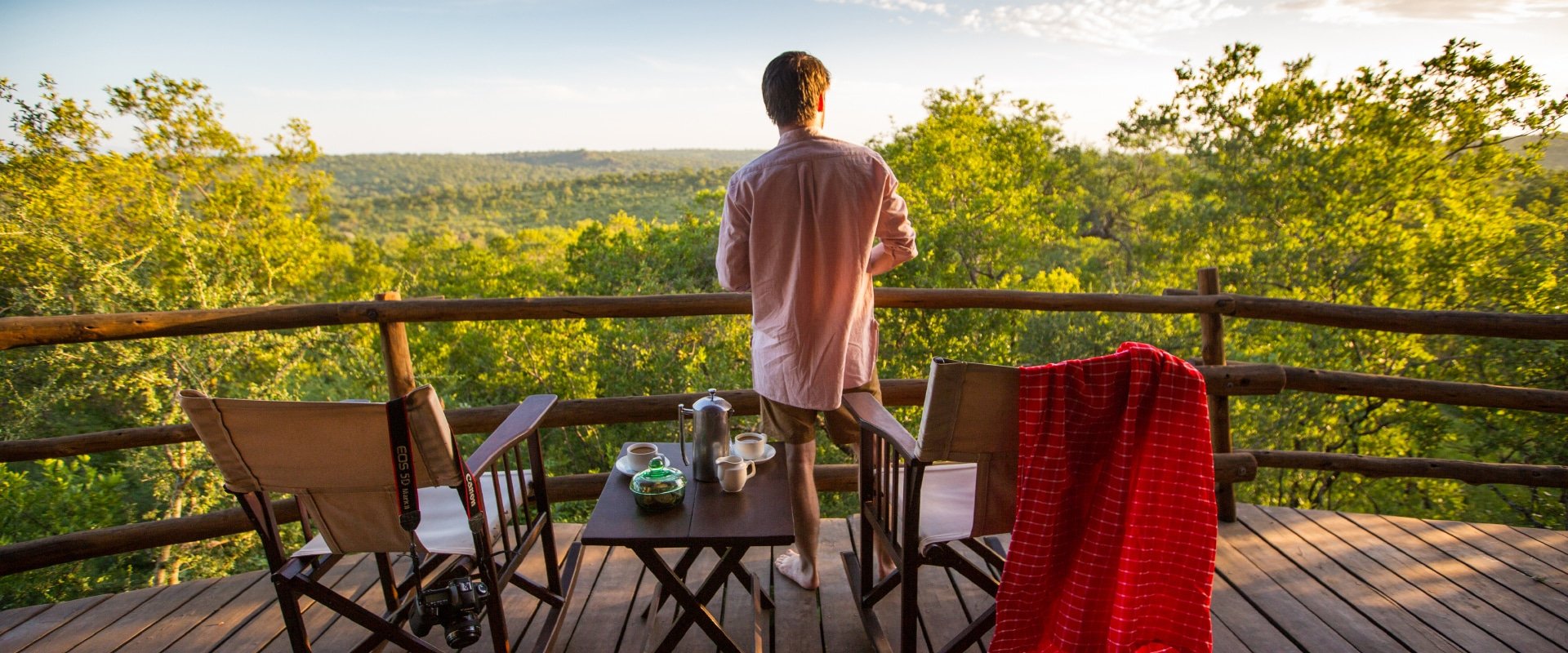
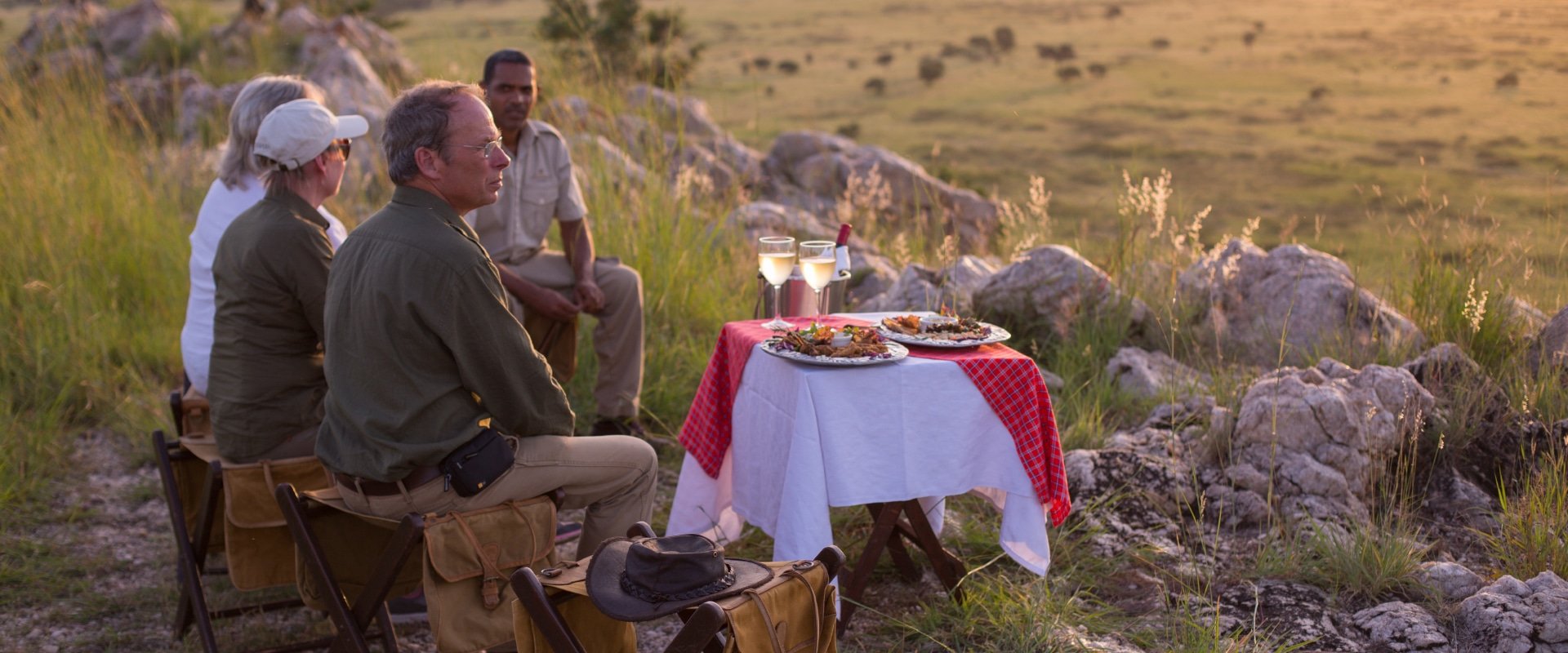
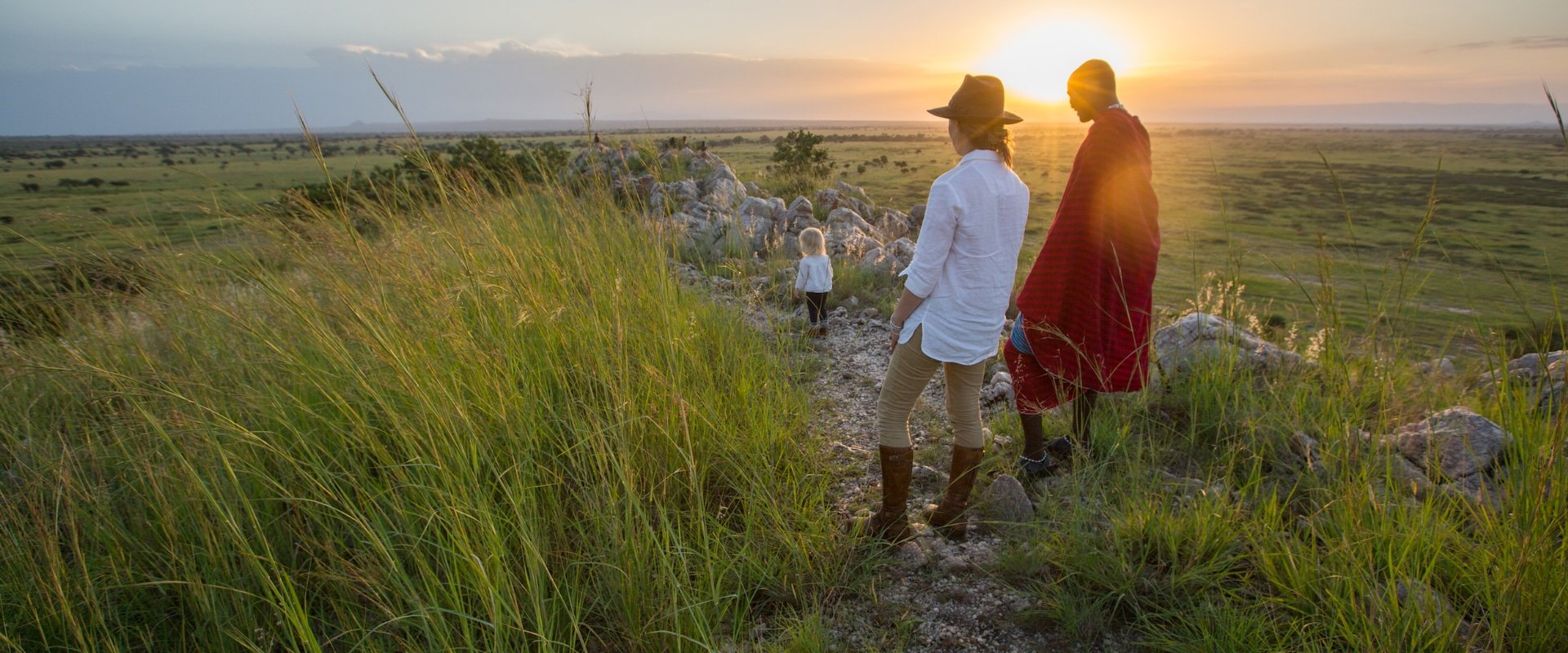
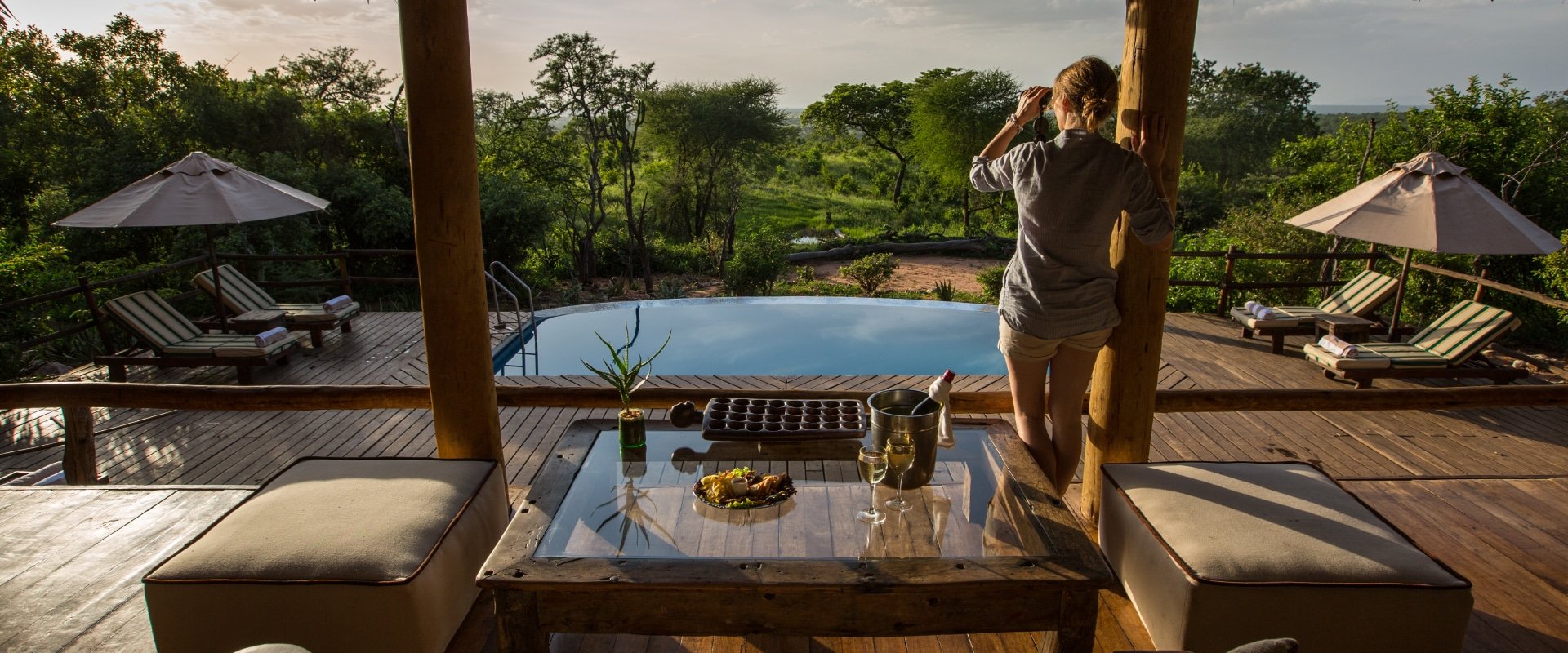




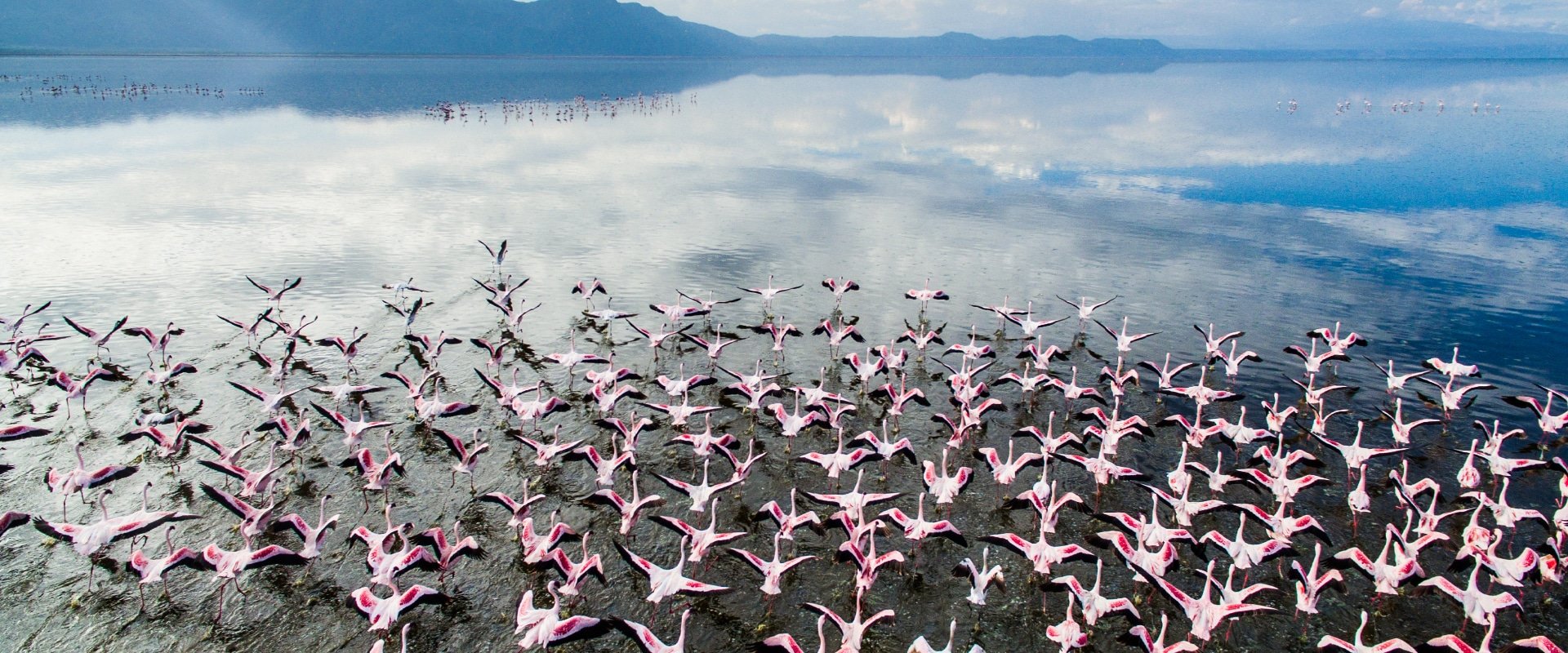

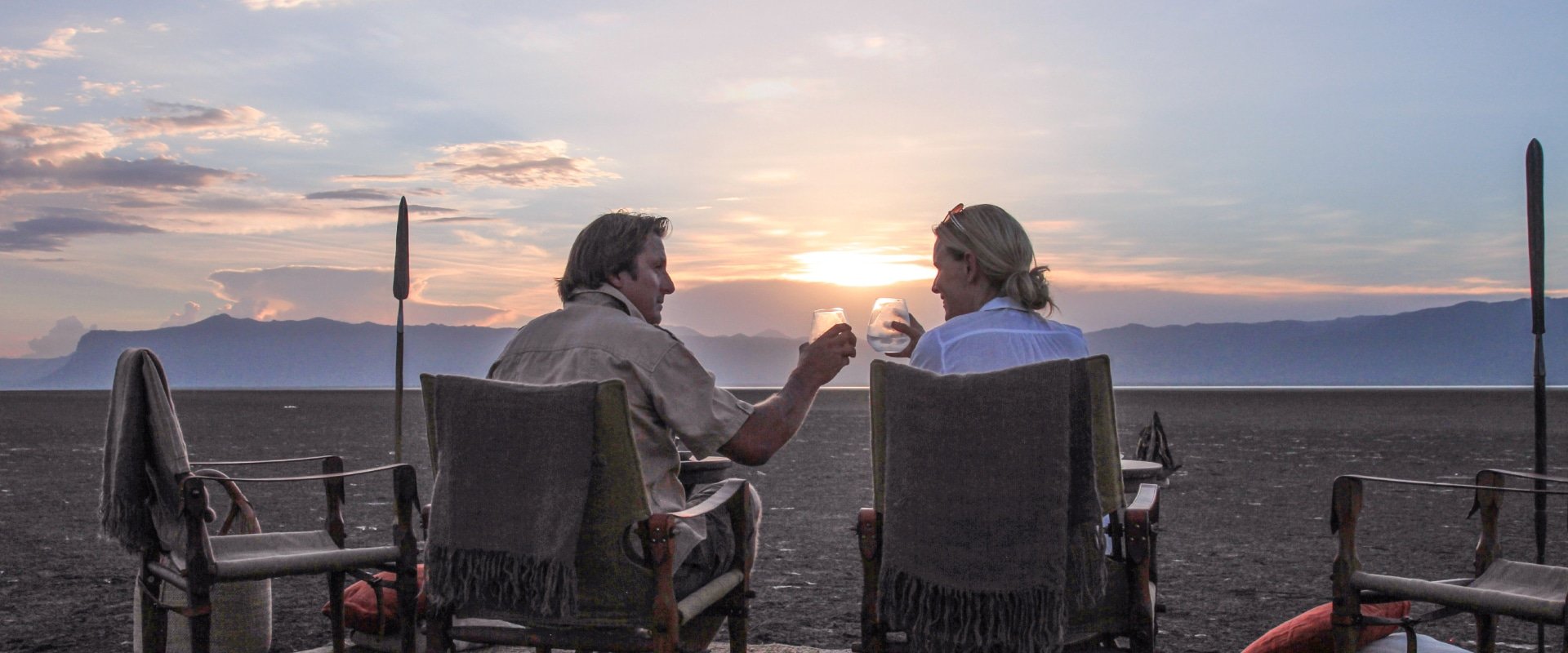



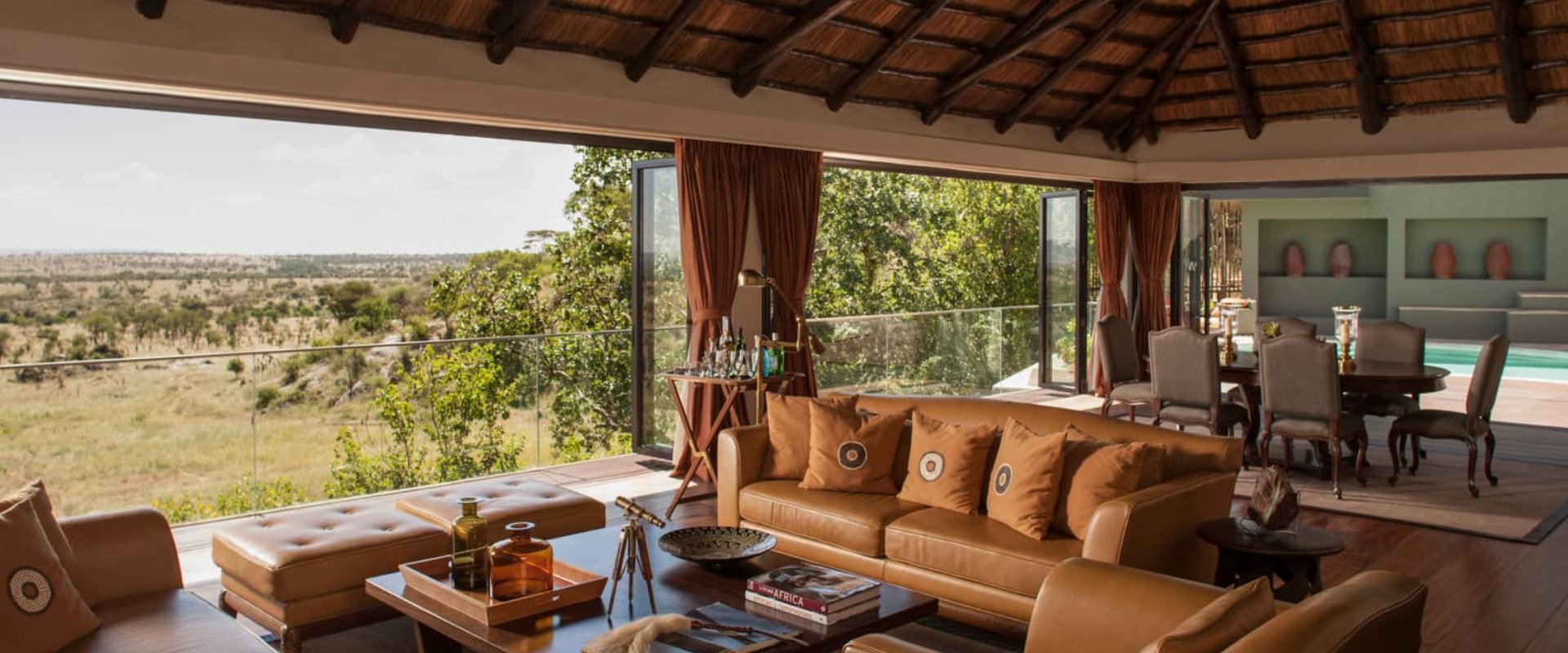




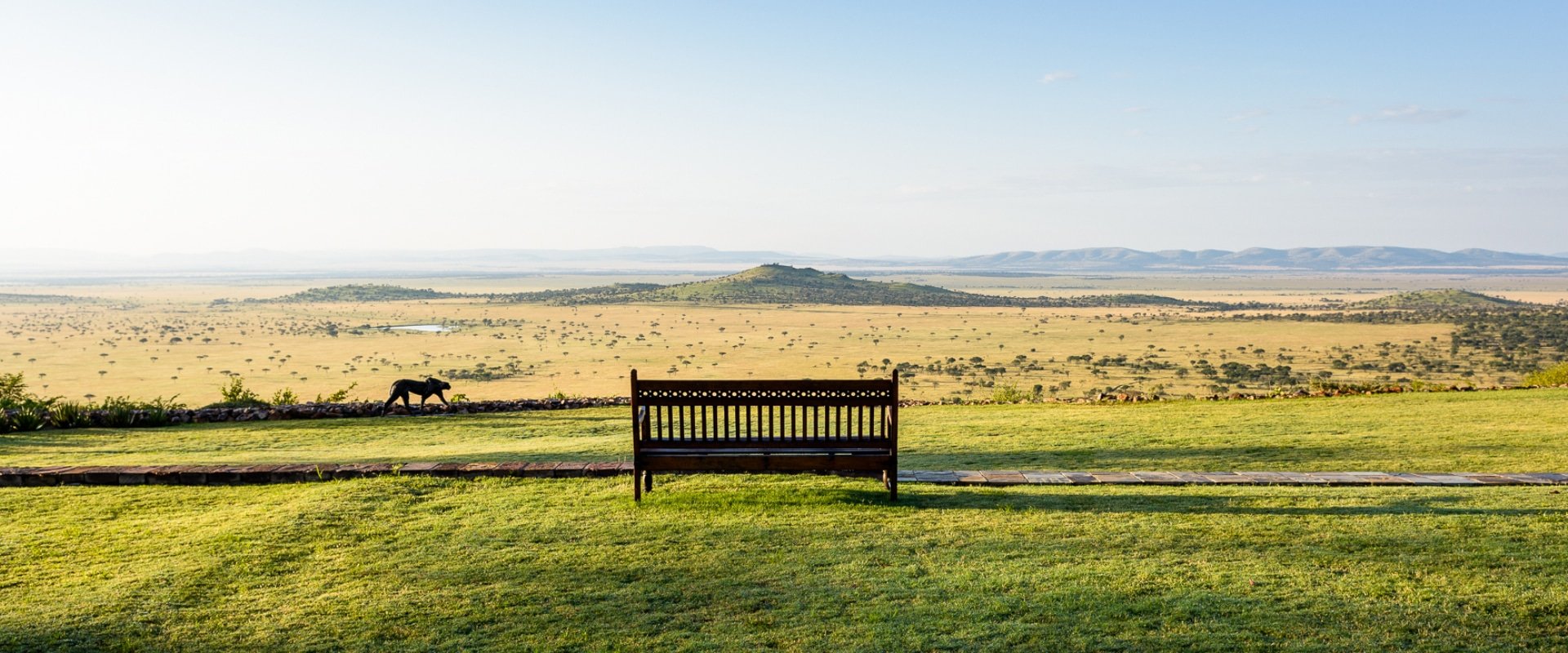



The world-famous and iconic Serengeti National Park and Ngorongoro Crater, Tarangire National Park and Lake Manyara National Park all form part of the well-established “Northern Circuit” safari, offering some of the world’s most diverse safari experiences. These parks exist for the purpose of protecting the variety and abundance of resident and migratory wildlife in them. The advantage the Northern Circuit has is that the parks are relatively close to each other, allowing different ecosystems to be experienced.